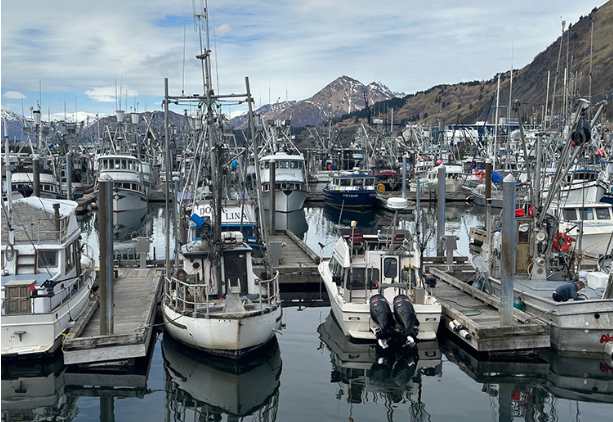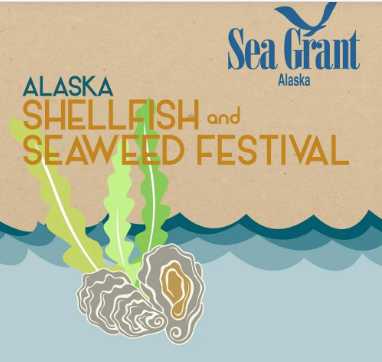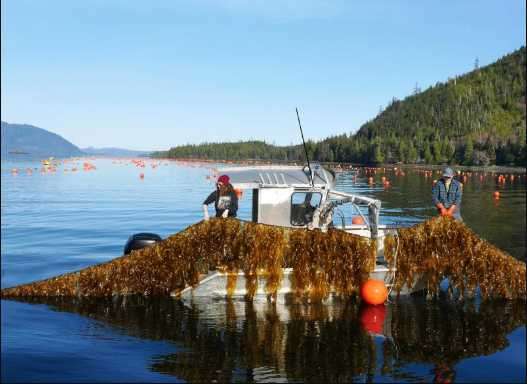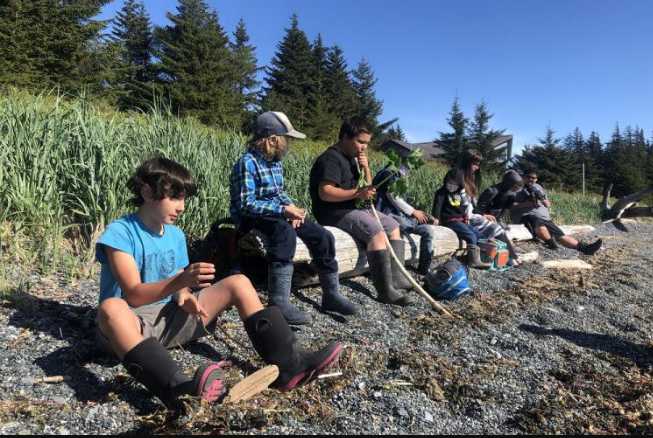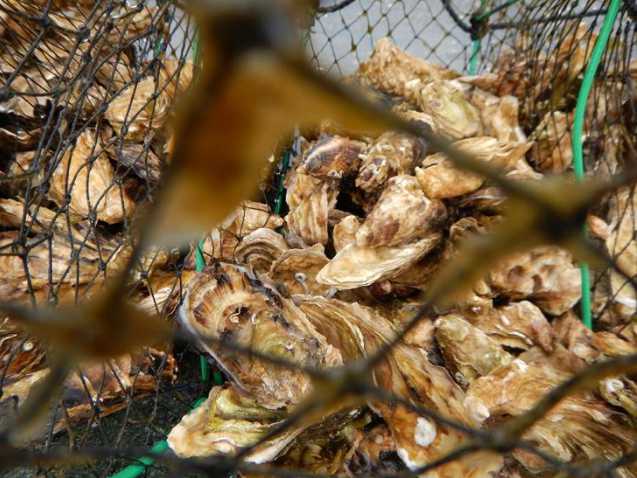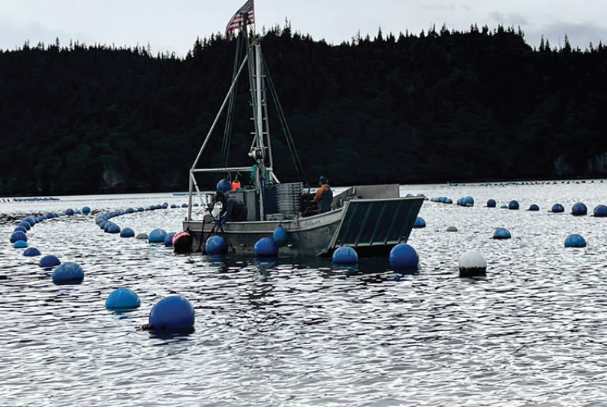Discover the versatility of seaweed and the contributions of seaweed farming—or seaweed aquaculture—to working waterfronts and environmental sustainability.

Seaweed is a nutritious, versatile, and pervasive organism. It is a type of macroalgae that can be used to make products we use every day—including fertilizers, animal feed, and cosmetics. It has even been described as a “superfood.” In addition to being good for you, it’s also good for the environment and the economy.
In this episode, we will hear from Dr. Brianna Shaughnessy, a communications specialist for NOAA Fisheries. She discusses the use of seaweed to create habitat, capture and store carbon from the atmosphere, and support working waterfronts. Because seaweed grows in the winter, fishermen can harvest it during their slow season to diversify their income. This seaweed farming—or seaweed aquaculture—provides an opportunity for fishermen to continue making a living as fisheries sectors face impacts from climate change.
In fact, organizations across the United States are investing in seaweed aquaculture. We’ll also speak with Tesia Bobrycki from the Native Conservancy and Liz MacDonald from Atlantic Sea Farms. These two organizations provide resources, technical assistance, and assistance with permitting and leasing to farmers and communities who want to get into seaweed farming.
Listen in to further explore this mighty macroalgae and its commercial and environmental benefits.
[content id=”79272″]

